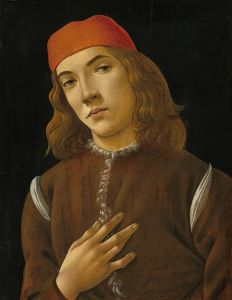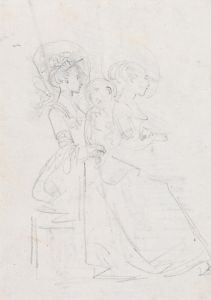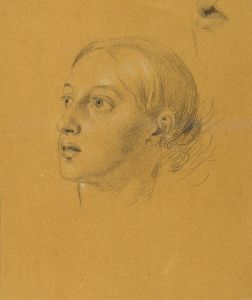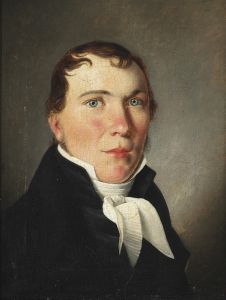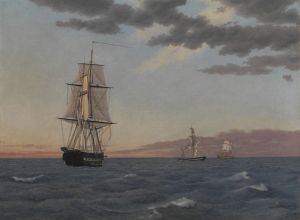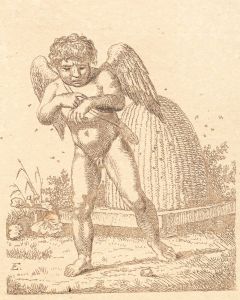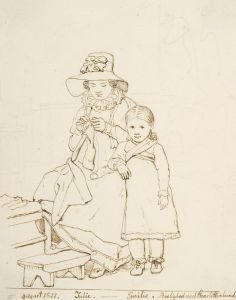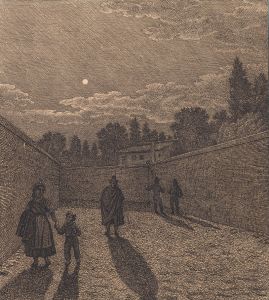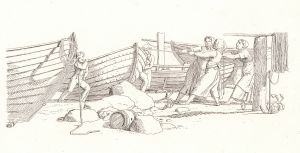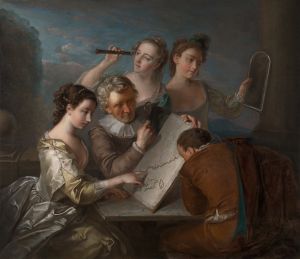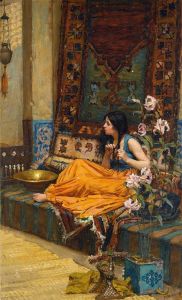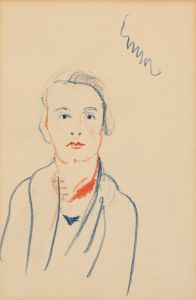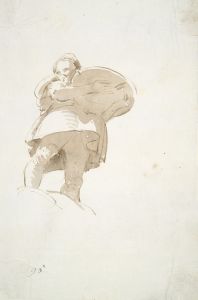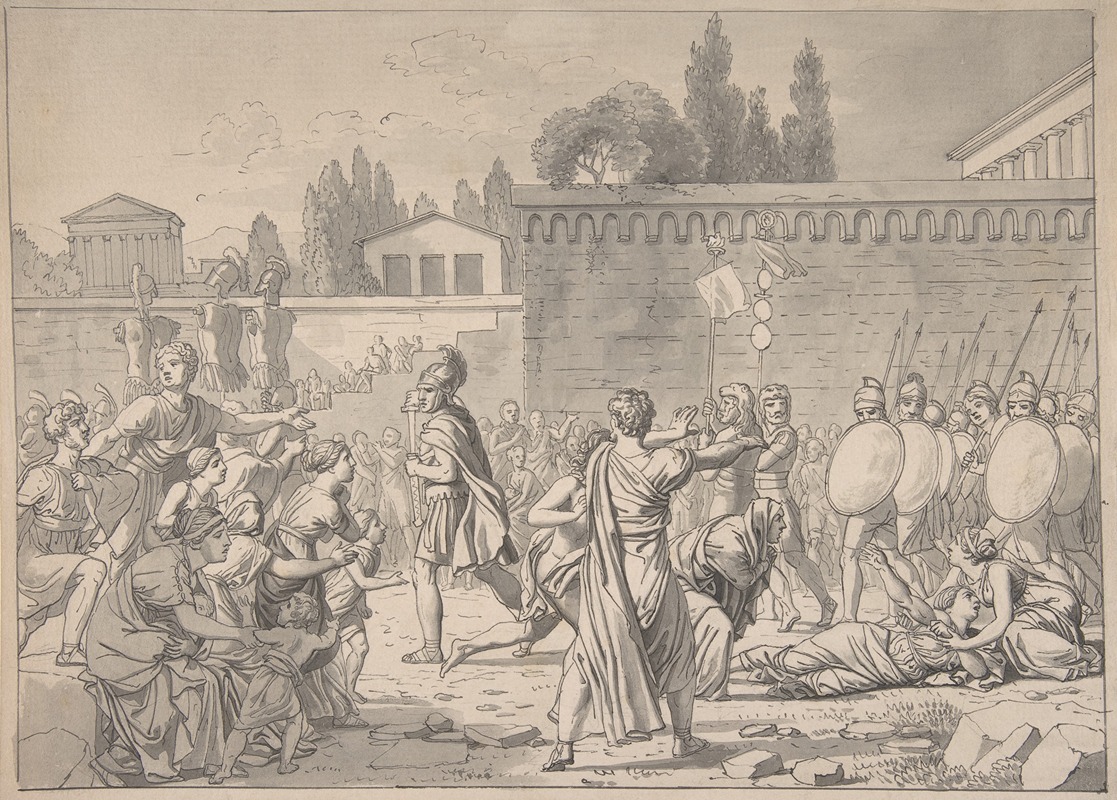
The Surviving Horatian
A hand-painted replica of Christoffer Wilhelm Eckersberg’s masterpiece The Surviving Horatian, meticulously crafted by professional artists to capture the true essence of the original. Each piece is created with museum-quality canvas and rare mineral pigments, carefully painted by experienced artists with delicate brushstrokes and rich, layered colors to perfectly recreate the texture of the original artwork. Unlike machine-printed reproductions, this hand-painted version brings the painting to life, infused with the artist’s emotions and skill in every stroke. Whether for personal collection or home decoration, it instantly elevates the artistic atmosphere of any space.
"The Surviving Horatian" is a painting by the Danish artist Christoffer Wilhelm Eckersberg, who is often referred to as the father of Danish painting. Eckersberg was a pivotal figure in the Danish Golden Age of painting, and his works are known for their meticulous attention to detail and classical themes.
The painting "The Surviving Horatian" was completed in 1839. It depicts a scene from the Roman legend of the Horatii, a story that was popularized in the 18th and 19th centuries through various artistic and literary works. The legend tells of a conflict between Rome and the neighboring city of Alba Longa, which was to be settled by a combat between three brothers from each city: the Horatii from Rome and the Curiatii from Alba Longa.
In Eckersberg's painting, the focus is on the lone surviving Horatius brother, who has just emerged victorious from the brutal combat. The painting captures the moment of his return, where he is greeted by his family and fellow Romans. The composition is marked by its dramatic use of light and shadow, which highlights the emotional intensity of the scene. The surviving Horatius stands in the center, his posture and expression conveying a mix of exhaustion, pride, and sorrow. His family members are depicted with varying reactions, from relief and joy to grief for the fallen brothers.
Eckersberg's attention to historical accuracy is evident in the detailed rendering of the Roman attire and architecture. The artist's training at the Royal Danish Academy of Fine Arts and his studies in Paris and Rome are reflected in the classical influences that permeate the work. The painting is also notable for its use of perspective and composition, which guide the viewer's eye towards the central figure of the surviving Horatius.
"The Surviving Horatian" is housed in the National Gallery of Denmark (Statens Museum for Kunst) in Copenhagen. It is considered one of Eckersberg's masterpieces and a significant example of Danish Golden Age painting. The work exemplifies Eckersberg's skill in combining historical narrative with emotional depth, making it a compelling piece for both art historians and general viewers.
Eckersberg's influence on Danish art was profound, and his teachings shaped a generation of Danish artists. His emphasis on studying nature, precise drawing, and the use of light and shadow became hallmarks of the Danish Golden Age. "The Surviving Horatian" stands as a testament to his artistic vision and his ability to bring historical and mythological subjects to life with a sense of immediacy and relevance.
In summary, "The Surviving Horatian" by Christoffer Wilhelm Eckersberg is a significant work that captures a dramatic moment from Roman legend with historical accuracy and emotional depth. It remains an important piece in the collection of the National Gallery of Denmark and a highlight of Eckersberg's illustrious career.





